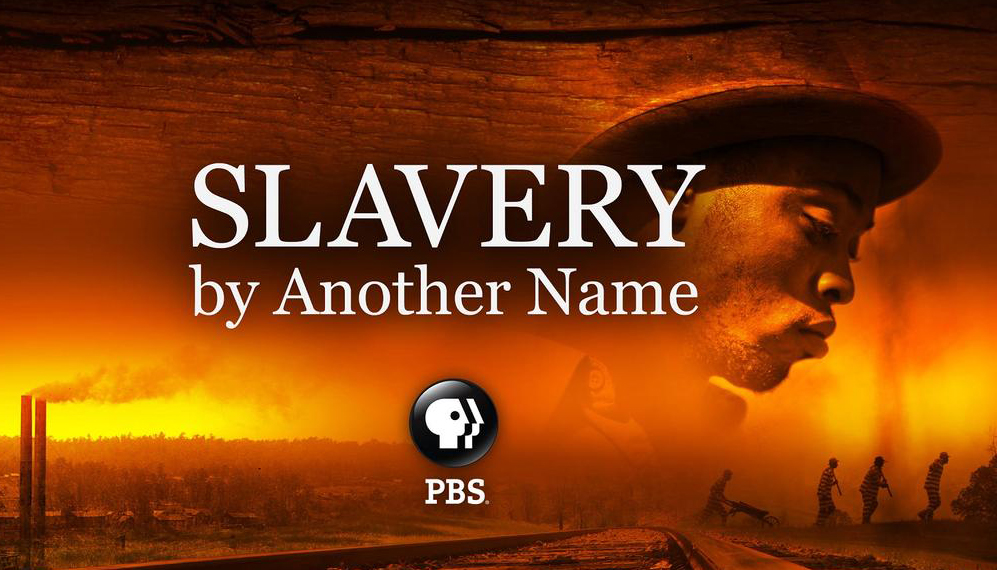 Slavery by Another Name challenges one of our country’s most cherished assumptions: the belief that slavery ended with Abraham Lincoln’s Emancipation Proclamation of 1863. The documentary recounts how in the years following the Civil War, insidious new forms of forced labor emerged in the American South, keeping hundreds of thousands of African Americans in bondage, trapping them in a brutal system that would persist until the onset of World War II.
Slavery by Another Name challenges one of our country’s most cherished assumptions: the belief that slavery ended with Abraham Lincoln’s Emancipation Proclamation of 1863. The documentary recounts how in the years following the Civil War, insidious new forms of forced labor emerged in the American South, keeping hundreds of thousands of African Americans in bondage, trapping them in a brutal system that would persist until the onset of World War II.
Based on Blackmon’s research and book of the same title, Slavery by Another Name spans eight decades, from 1865 to 1945, revealing the interlocking forces in both the South and the North that enabled this “neoslavery” to begin and persist. Using archival photographs and dramatic re-enactments filmed on location in Alabama and Georgia, it tells the forgotten stories of both victims and perpetrators of neoslavery and includes interviews with their descendants living today. The program also features interviews with Douglas Blackmon and with leading scholars of this period. [Description from PBS.]
Directed by Sam Pollard, produced by Catherine Allan and Douglas Blackmon, written by Sheila Curran Bernard, based on the 2009 Pulitzer Prize-winning book by Blackmon.
Trailer
Slavery by Another Name: Author Douglas Blackmon on the Re-Enslavement of Black People in America | Democracy Now! | July 11, 2008
Learn more in the Zinn Education Project national report, “Erasing the Black Freedom Struggle: How State Standards Fail to Teach the Truth About Reconstruction,” and find teaching resources on Reconstruction below.

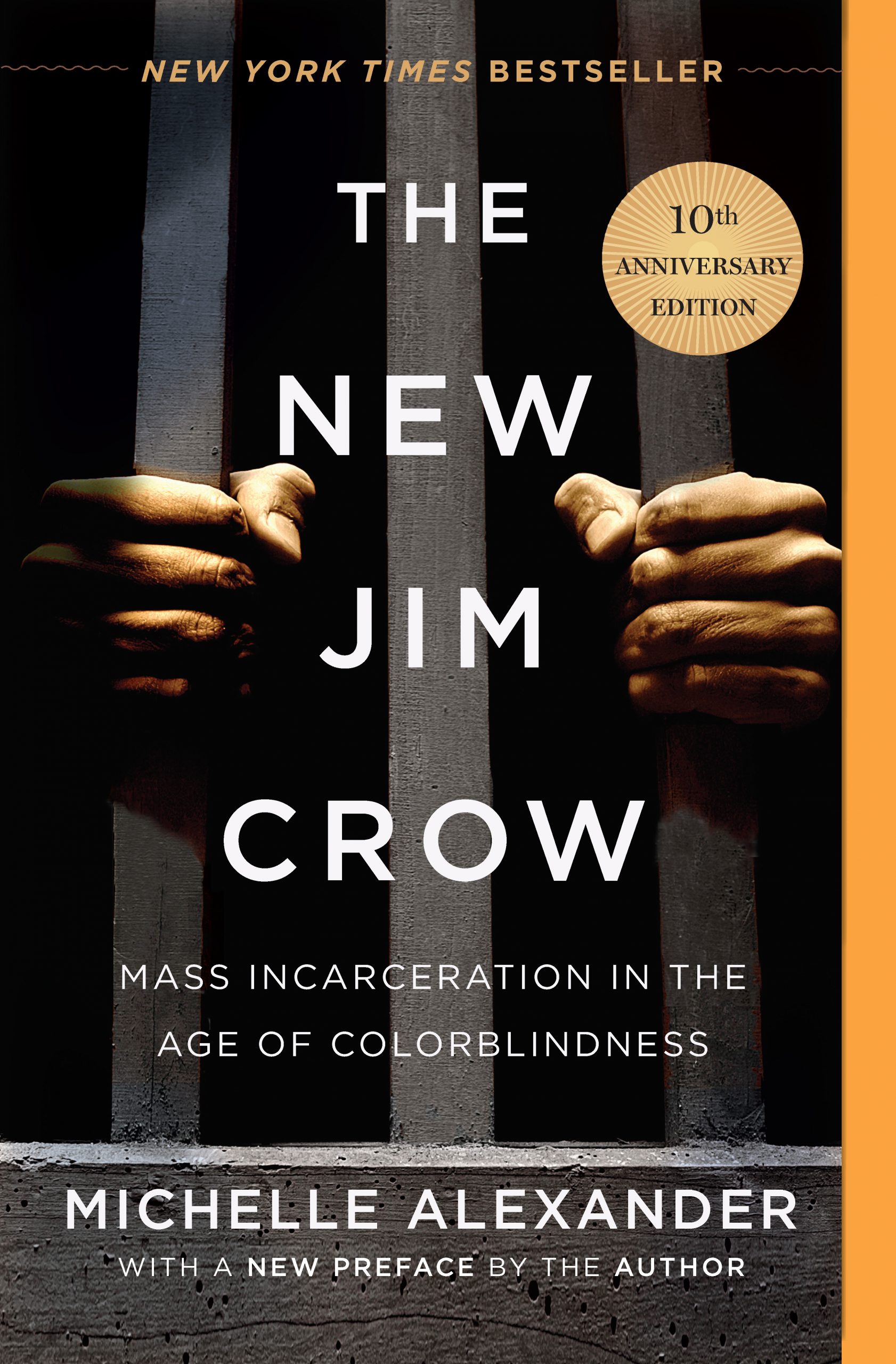
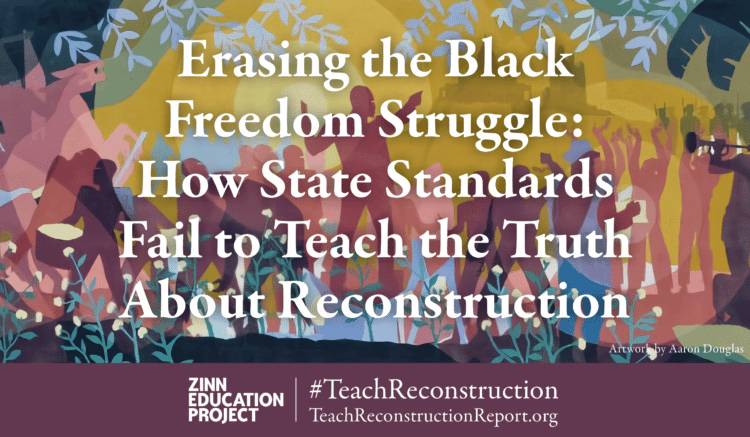
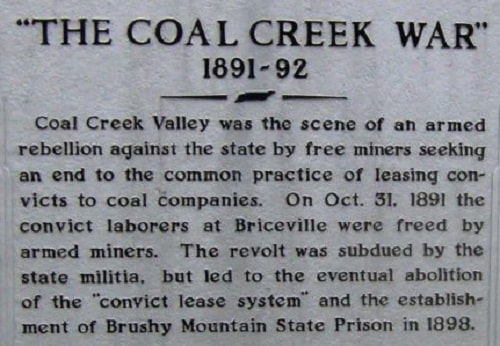
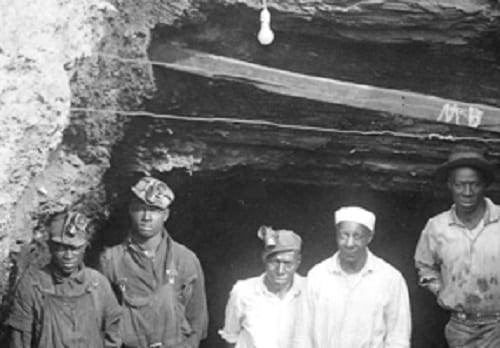






Twitter
Google plus
LinkedIn